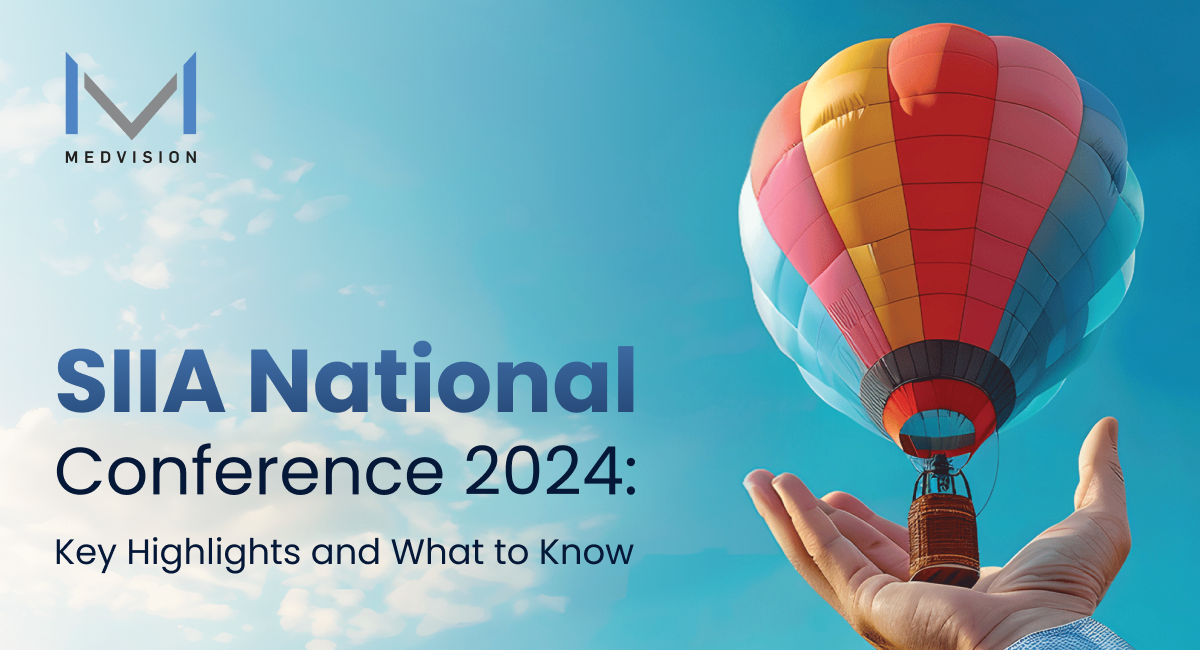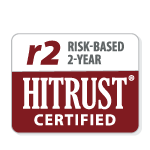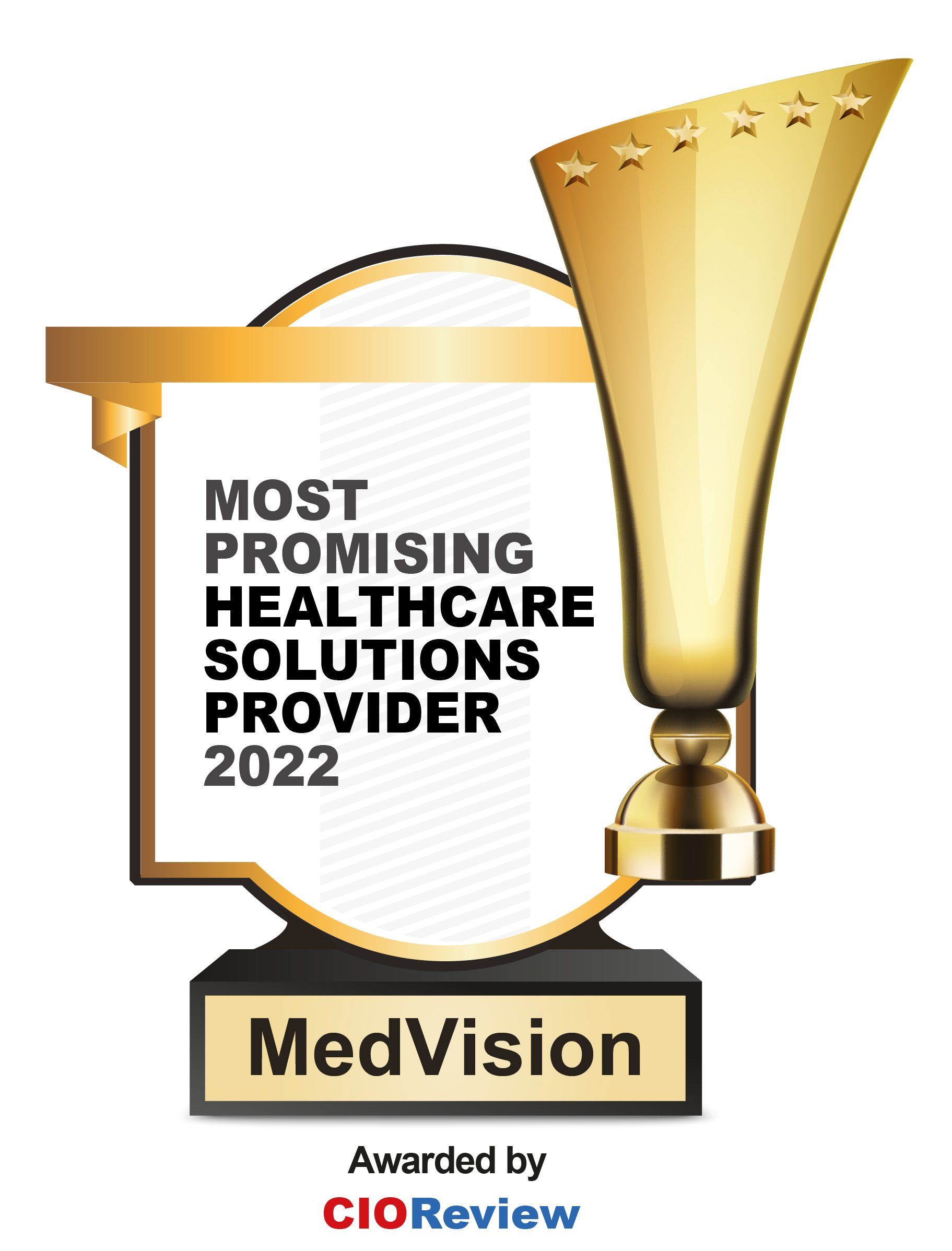When seeking to incentivize providers to achieve value-driven objectives, the DCE model comes in handy. In lineage with past value-based models, the Center for Medicare and Medicaid Innovation (CMMI) has steered towards a dynamic, direct contracting framework that ensures providers stay laser-focused on meeting the Triple Aim:
- Improving patient care
- Improving population health
- Reducing healthcare costs
At full speed,
561 Medicare Shared Savings Programs (MSSP) ACOs have achieved remarkable savings ($314 million) to the initiative, while improving overall quality scores. The NGACO model also made valuable contributions by achieving roughly
$62 million in net savings, while delivering high quality care to their beneficiaries.
Both are winners, and despite the current amount of risk given to providers, the DCE model has been designed to elevate risk-sharing arrangements and value-based payment with reduced administrative burden.
Meeting the Goals of a Fully Fledged DCE Model
By definition, a DCE model is
the latest most advanced risk-sharing framework for organizations aiming to work directly with the Centers for Medicare and Medicaid Services (CMS).
This strategic co-management follows an organizational framework where providers - often referred to as “Participating” and “Preferred” providers - and suppliers coordinate care for patients in exchange of monthly capitation payments.
The overarching goal by design is twofold:
- Build a powerful, risk-driven network of organizations that are committed to value-based healthcare.
- Forge a sustainable path in healthcare that combines both: lessons learned from past value-based models (MSSP and NGACO) and innovative risk-sharing ideas.
- Participating organizations are not just responsible for assuming various payment, population, and risk arrangements, but also financially accountable for the quality of care delivered to beneficiaries.
Achieving DCE Goals through Advanced Payments
Led by a growing need to increase participation, CMS places greater emphasis on payment arrangements to drive even more savings for current ACOs struggling to meet
satisfactory operational efficiencies.
A key aspect of this program is the creation of a value-based payment (VBP) mechanism - derived from the NGACO model - to allow participating ACOs to receive FFS payments from CMS, and then pay providers a fraction or all of their non-primary care services delivered to their beneficiaries.
In more detail, both ACOs and providers enter into a contractual arrangement in which the latter agrees upon a reduced percentage of the total remainder for their services, allowing the former to achieve valuable operational revenue.
The most important benefits for such a negotiation rests upon:
- Stronger value-based payment arrangements leading to higher efficiencies
- Better relationships driven by positive patient outcomes
- Higher quality of care and services for all beneficiaries
Setting a VBP Strategy for a Successful DCE Model in Healthcare
A successful DCE model constitutes a departure from traditional care models. It not only positions itself as a framework for improved value-based arrangements, but also serves as a vehicle for
strategic population health management.
For that reason, risk-based DCE participants and prospects must prioritize a business-led approach that better aligns financial, management, and network infrastructures across the model for the best possible outcomes.
Here are 3 ways to build a DCE model with a fine-grained focus on VBP strategy.
Delineate Parameters of Success across Salient Stakeholders
A successful DCE model requires a documented, widely-shared organizational vision that accounts for risk and rewards, membership, target geographic markets, lines of business, networks of service providers and the agreed amount of premium risk the organization has determined to accept for the future. Hence, cohesion is pivotal.
The best way to create cohesion is to effectively communicate how this model makes better use of available resources, enhancing performance while keeping affiliated organizations onboard.
Alignment also includes participating physicians, along with the percent of their panel that will benefit from a value-driven set of financial incentives and funds flow methods from the organization. This inclusion not only secures DCE success, but also enables them to gain competitive advantage by:
- Leveraging data analytics
- Keeping the entire network committed to the organizational vision
- Finding success in all value-based arrangements
Design a Holistic Value-Based Payment Across Your Lines of Business
The role of participant providers is to ensure patients receive the highest quality of care in compliance with regulatory mandates and financial incentives. This move towards value-based arrangements is reinforced by contractual arrangements that solidifies the DCE model.
In addition, these providers offer various services across lines of business and agree to follow several value-based payment arrangements, which requires them to align operations to qualify for agreed-on incentives.
As explained above, the goal is to lead the efforts towards value-based care which secures financial outcomes for participants while boosting patient satisfaction.
With that in mind, successful DCE models must embrace value-based financial incentives for a twofold result:
- Keep providers away from quixotic FFS payments and other unsustainable incentives
- Reward participants for assuming greater amounts of risk
Securing sustainable incentives while assuming considerable amounts of risks can be daunting. Yet, DCEs must adopt a holistic value-based payment overhaul that suits all lines of business and other risk-sharing organizations, powerful enough to influence change.
Invest in an Operating Model that Makes Business Sense
Implementation of a well-oiled funds flow model, supported by an effective contracting strategy is the building block of a sustainable DCE model. To that end, DCEs must allocate resources to effectively meet performance targets and distribute risk throughout the network to ensure compliance.
In order to improve performance, organizations must identify service gaps and build a value-based roadmap that better shape decisions for the most effective population management competencies.
There is also room for DCE participants to support their networks through a coherent care model and a governance structure as a source of accountability.
Driving more investments towards model optimization facilitates a scalable network and value-based payment revenue sources to secure funds, leading to reduced costs and higher margins.
Achieve Success with DCE OS
Developing a strategic focus to ensure DCE success takes a lot of time and effort. For that reason,
DCE OS now provides a comprehensive management platform that features the best capabilities to better manage complex, chronic cases and populations and the required revenue streams to find success in the actual risk-driven healthcare sector.
Our solution features the following functionalities:
Contracting: Access a system that helps you define the specifics of provider reimbursement configuration. In turn, you’ll benefit from higher flexibility in forging capitation and structures that best suit your needs.
Clinical Alerts: Set periodic alerts to mitigate potential risks and stay at the front of population management with a flexible rule-based engine.
Case Management: Use risk stratification and management population segments to build case management programs. Patient management is conveniently maintained through meticulous workflow configurations.
Communications: Communicate with your team, network and other stakeholders through instant messaging, text, screen share, or video exchange for a streamlined experience.
Referral and claim administration: Manage claims through a system that processes authorizations and claims data with auto-adjudication and care coordination functions. Streamlined services is what we stand for.
If you wish to make a difference in healthcare,
contact us to discuss how QuickCap can help you achieve your business goals.
Explore Related Blogs
Recently published articles
Keep in touch
Subscribe to get the latest update
Trending topics
Share your insights on social media
Upcoming events and company news


















